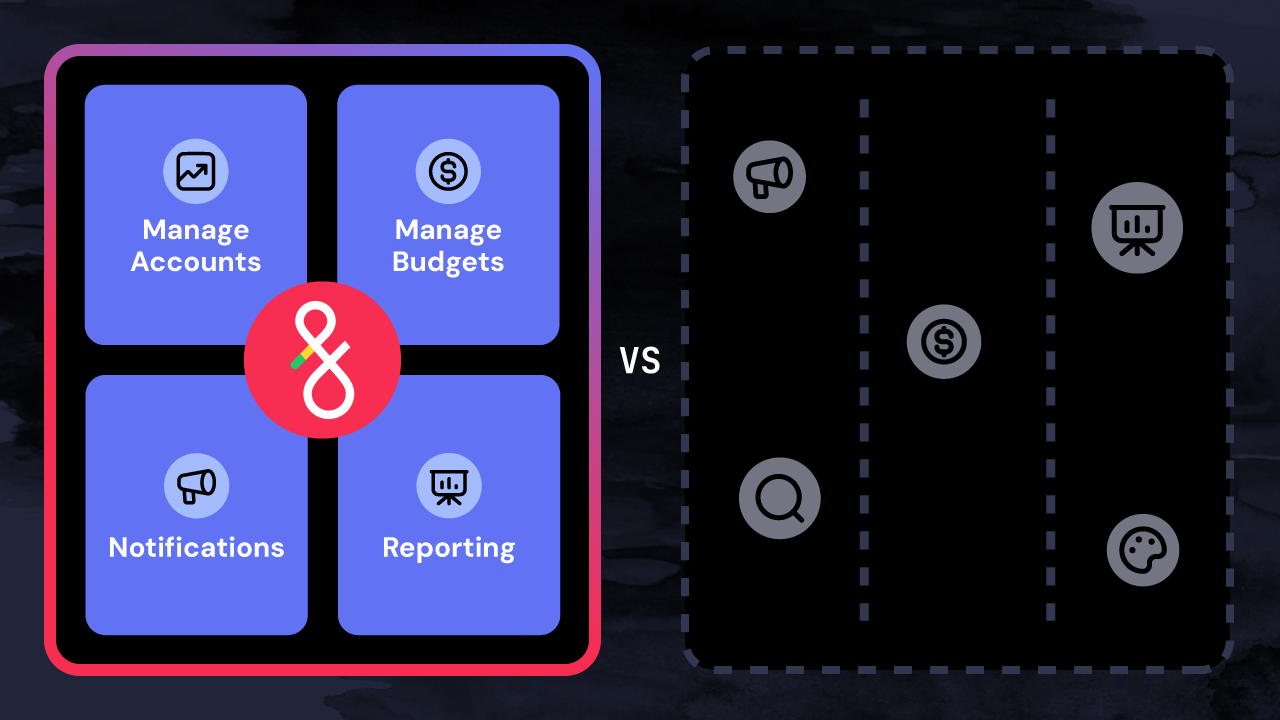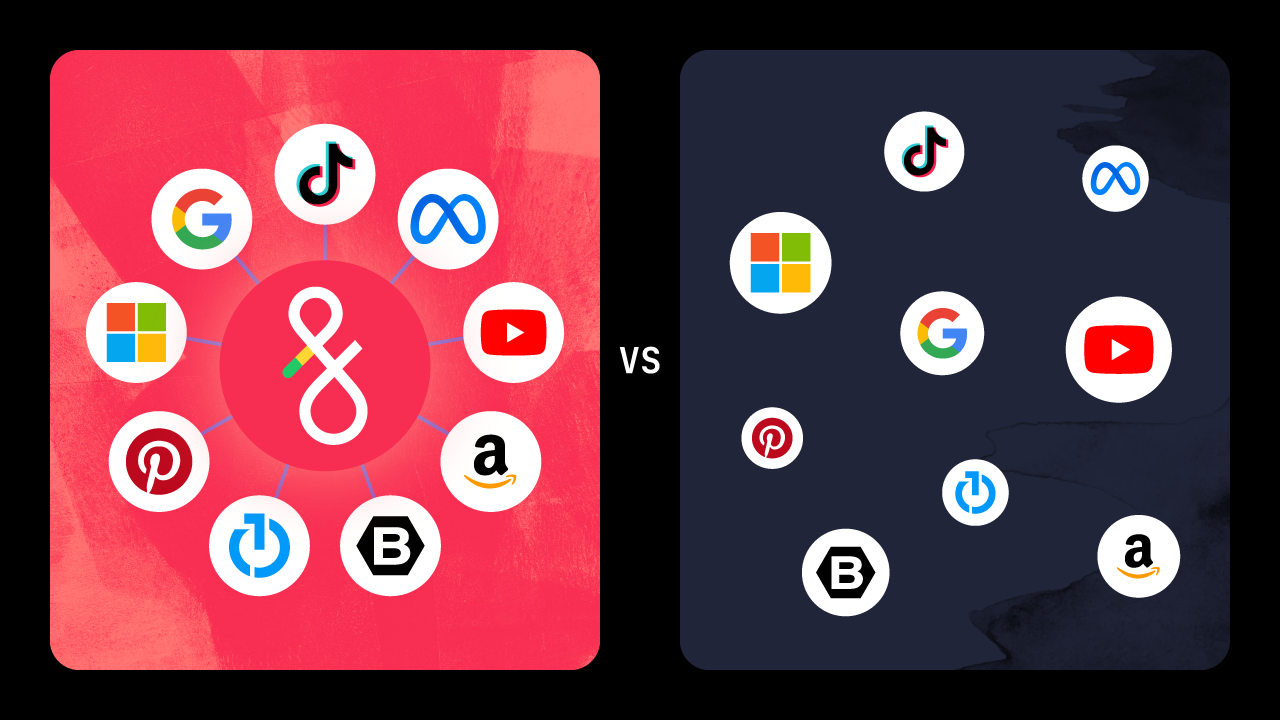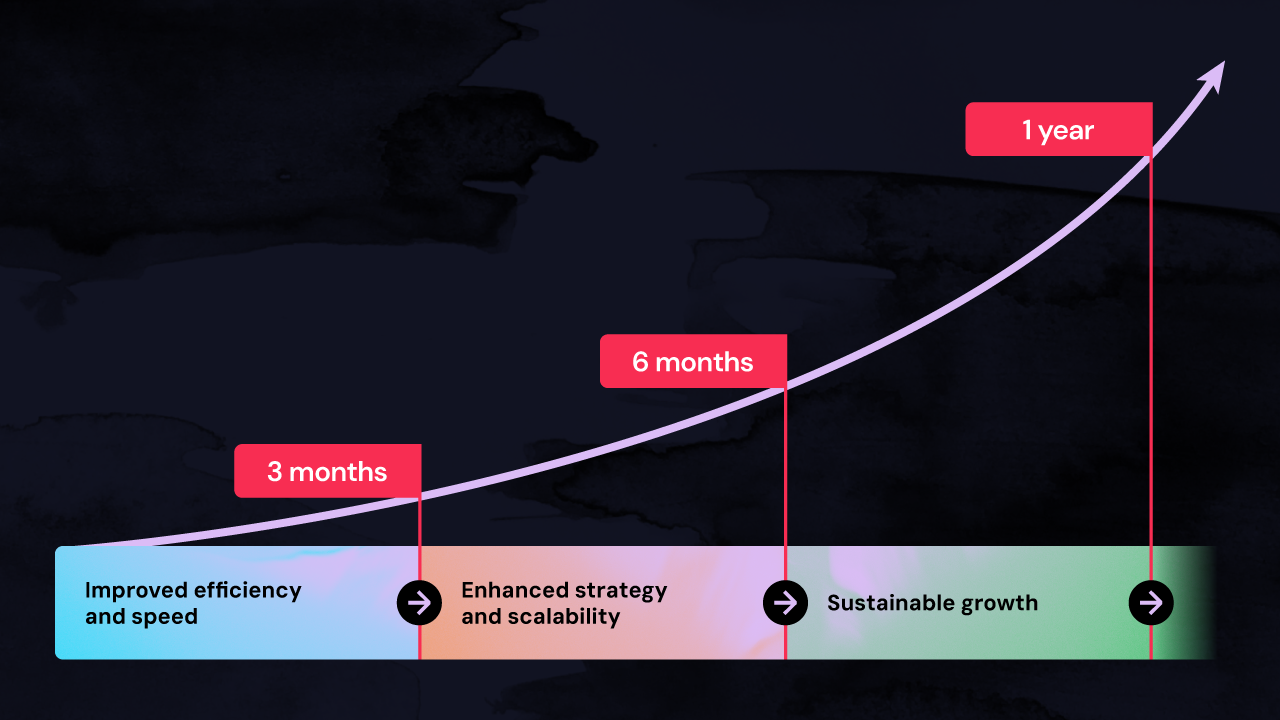Online advertising giants like Google and Facebook have made it simpler than ever to scale advertising efforts, thanks to features like Google Ads, PMax, and Advantage Plus. Yet, strategists constantly face the challenge of keeping up with the steady stream of new offerings and format changes. In light of the significant updates made to Google Ads this year, it's important to be aware of these changes and how to utilize the latest improvements in Google Ads automation technology to enhance your advertising strategies.
The rise of Performance Max (aka PMax) continues to dominate
In today’s business environment, where the mantra 'achieving more with less’ continues to dominate, manually navigating your Google Ads and PMax strategy can inherently create challenges for your already overwhelmed staff. This is where automation steps in to both conserve time and boost efficiency—it facilitates everything from bid optimization and dynamic ad creation to analyzing data that might otherwise be difficult to assess manually.
Consider bid management for example. With complete automation of this process, you can implement algorithms that alter bids in real time, considering factors such as audience behavior, device usage, and time of day. Similarly, ad testing can be automated, allowing Google Ads to experiment with different headline and description combinations and identify the most effective ones.
The addition of Performance Max campaigns pushes automation even further. Performance Max leverages Google's AI capabilities to display ads across all of Google's networks—including Gmail, Maps and Discover—altering in real time based on performance. The entire process shifts the focus from manual tweaking to creating compelling ad content.
We also need to stay tuned to where PMax is heading. The challenge remains how to scale PMax painlessly. Google makes it straightforward on an individual account level, but at the agency level, ensuring the imagery, messaging, targeting types, budgeting, and more is buttoned up at scale is a significant challenge without automation.
Avoiding unnecessary expenditures is essential
Budgeting is one of the very few things that can still be controlled and where the right partner can add a lot of value for P-Max. With automation, advertisers can adjust their spend at scale in real-time based on the performance of their campaigns. They can either allocate more budget to high-performing campaigns or pause underperforming ones to avoid unnecessary expenditures. Furthermore, digital advertising allows for precise targeting, ensuring your budget is spent on reaching the most relevant audiences. This dynamic budget management capability enables advertisers to optimize their campaign performance and return on investment.
Asset and placement control remains paramount
As AI continues to advance, a meticulous approach to managing ad components—from imagery to messaging—ensures consistency and relevance. However, the ease Google provides on an individual account basis is not straightforward at an agency level. Advertisers will want to be aware of this risk and seek solutions for flawless asset control, particularly in terms of targeting types and budgeting. Automation can also enable this process.
Equally important is Placement control. In 2024 and beyond, the emphasis will be on placing ads where they are most likely to impact—which will require a nuanced understanding of your audience's online behavior and environment. This could be on various websites, apps, videos, or even within specific sections of a website. Placement control ultimately gives the advertiser more control and precision over their advertising campaign, helping to ensure that their ads reach the most relevant audience and generate the maximum return on investment. At Fluency, we provide placement control at scale through Blueprints.
Privacy concerns continue to grow
As we move further into the digital age, privacy concerns are growing. First-party data will be more crucial than ever for demand generation as third-party cookies crumble. Advertisers need to adopt strategies that respect user privacy while still delivering personalized experiences. With all the restrictions around privacy, it's even more important to make sure tagging is set up correctly. We can automate the tagging process to ensure tracking is setup correctly and nothing slips through the cracks.
Fluency can help you get ahead with your Google Ads Automation strategy
Regardless of where you take your Google Ads automation strategy in 2024, it’s important to remember that while AI can perform tasks and analyze data with unparalleled speed and accuracy, it lacks the human touch. This is why Fluency believes in ‘Intelligent Automation’ as opposed to AI alone.
If you need help automating this aspect of your business—and beyond—Fluency is here to help. Book a complimentary demo today to learn more.






